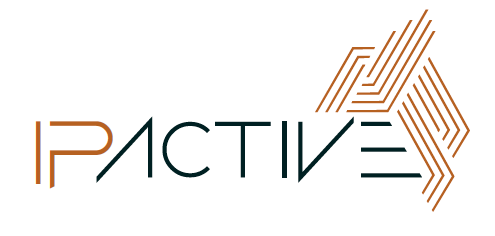What a Value Proposition Does
Value proposition refers to a marketing statement that a company uses to summarise why a consumer should buy a product or use a service. The Value Proposition is the single most important thing that determines whether customers will gain interest in your product or service. A great value proposition solves a customer problem and satisfies a customer’s needs. It may be developed for your entire business and individual products and services you provide.
A mixture of elements need to be considered when developing your value proposition. These may include elements such as; performance, customisation, design, price, cost reduction, newness and accessibility. Each element of the value proposition is designed to cater to the requirements of a specific customer segment and highlight the benefits that your product (or service) offers over competitors.
In a brief paragraph it should outline the benefits of your product, explain how your product solves customers problems and stress how your product is unique and better than the competition. Some value propositions may be innovative and represent a new offer, when others may be similar to existing market offers but with additional features and attributes. Whichever it may be it does not matter. What matters is whether it is directed at the consumers needs.
To often products are too focused on what companies what to sell, not what the customer actually needs. The best value proposition leaves a clear impression on: what is it, who is it for and how is it useful? If those questions are answered, you’re on the right path to success.
To help narrow down customer needs and identify the problems which customers have, a value proposition canvas can be developed. The canvas was first developed by Strategyzer as a key element to business planning and is commonly used by businesses around the world. Split into 6 categories, three covering the customer and three covering your product, the canvas is an easy yet effective way to identify the key things a business needs to do to be successful.
Evaluating the circumstances that arise in customers lives is not always easy however it can be done which is why the customer area of the canvas was developed. Broken into the job-to-be-done and the specific pains and gains the customer has or is seeking in doing the job, this section of the canvas ask all the question about your customers which you need to know in order solve their problem and provide the benefits they desire.
The ‘job to be done’ section simply asks what job your customer is trying to get done. A customer job could be the tasks they are trying to perform and complete, the problems they are trying to solve, or the needs they are trying to satisfy. Gains describe the outcomes and benefits your customers want. Some gains are required, expected, or desired by customers, and some would surprise them. Questions like; what would make the customer happy, what outcomes does he/she expect and what would exceed their expectations, are questions that the gains category include.
Contrary to this is pains. Pains describe anything that annoys your customers before, during, and after trying to get a job done. Pains also describe risks, that is, potential bad outcomes. Questions such as, what makes your customers feel bad, and what are the main difficulties and challenges your customers encounter, will help you think of different potential customer pains. In combining these three categories, job-to-be-done and the specific pains and gains, when done correctly answers all your question on the customer segments which you plan to aim your product.
Turning to the product area of the canvas, or this thing you are seeking to sell, this is made up of three categories; product & service, gain creators and pain relievers . Gain Creators describe how your products and services create customer gains. They outline how you intend to produce outcomes and benefits that your customer expects or desires. Pain relievers describe how your products or services reduces specific customer pains and outline how you intend to eliminate or reduce some of the things that annoy your customers when trying to complete a task.
In a regular business the product and services section of the canvas is what the business is selling to the consumer, however in a research organisation the product and services section is more clearly defined as the research outcome that is going to be commercialised.
